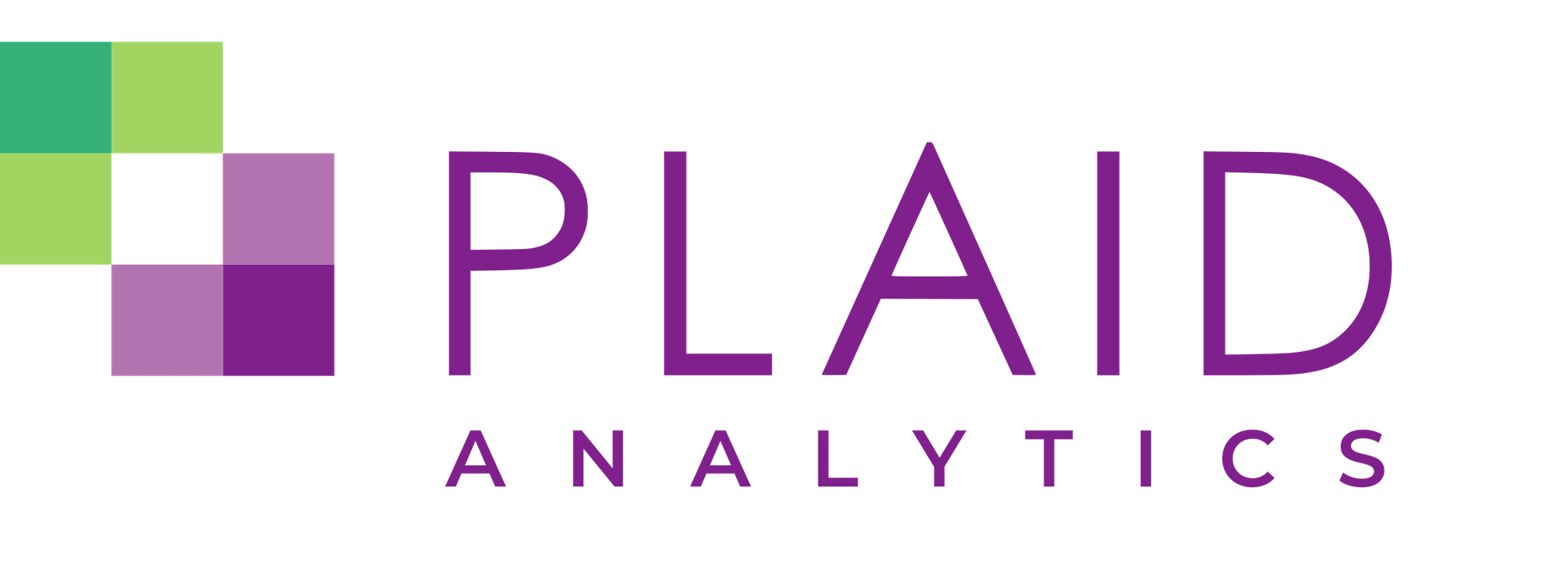The Wisdom of the Crowd in Enrolment Forecasting

Enrolment planning is full of uncertainty. No single model or individual can perfectly predict the future, but bringing multiple perspectives together can often get us closer to reality. Researchers call this the “wisdom of the crowd.”
This idea has roots in Phillip Tetlock and Dan Gardner’s Superforecasting: The Art and Science of Prediction. In their forecasting tournaments, groups of so-called “superforecasters” consistently outperformed individual experts. The insight? While no one prediction is flawless, averaging many thoughtful perspectives often produces remarkably accurate results.
The story isn’t new. In 1907, Sir Francis Galton asked nearly 800 people to guess the weight of an ox. No one was correct, but the average was almost perfect. Why? Because a crowd brings diverse experiences and perspectives (National Geographic, 2013).
But here’s the catch: the crowd only works if it’s truly diverse.
When Forecasting Goes Wrong: Correlated Errors
In machine learning, ensembles—combinations of multiple models—are often more accurate than a single model. But if every model shares the same flawed assumption, the ensemble fails. This is called a correlated error: everyone is wrong in the same direction. (IBM, 2024).
In higher education forecasting, we see this when planners anchor on the same assumption. For example, if all stakeholders assume international enrollment will decline by 10%, but it actually drops by 25%, every projection will be systematically off.
In Canada, we’ve seen this play out. Policymakers aimed for a 35% reduction in new study permits for 2024, but the actual decline was 48% (The PIE News, 2025). Forecasts based on the initial target underestimated the magnitude of the impact, leaving institutions scrambling to adjust.
Building a Better Forecasting “Crowd”
To minimize these risks, enrolment forecasting should draw on a wider set of perspectives than just institutional research or enrolment management. Consider including:
- Internal voices: provost, deans, faculty reps, registrar, finance
- Front-line perspectives: student advisors, even students themselves
- External insights: industry advisors, civic planners, housing developers, labor market experts, healthcare professionals
Each group sees signals that may not show up in your data systems—early student concerns, housing bottlenecks, employer demand shifts. Together, they create a more balanced view of the future.
Tools that Make It Possible
Gathering diverse perspectives only works if you can quickly test their implications. That means running hundreds (or thousands) of “what-if” scenarios in a collaborative, transparent way.
That’s what we’ve built with Plaid Forecast - a tool designed to be collaborative, accurate, fast, and easy for teams across the institution to use together.
Curious how this could work at your institution? Let’s chat.
